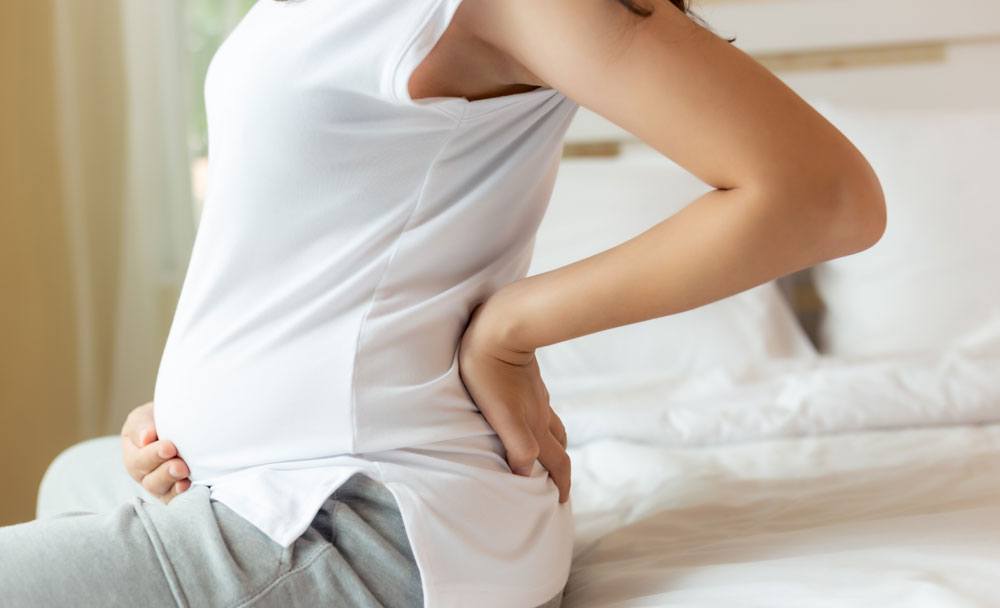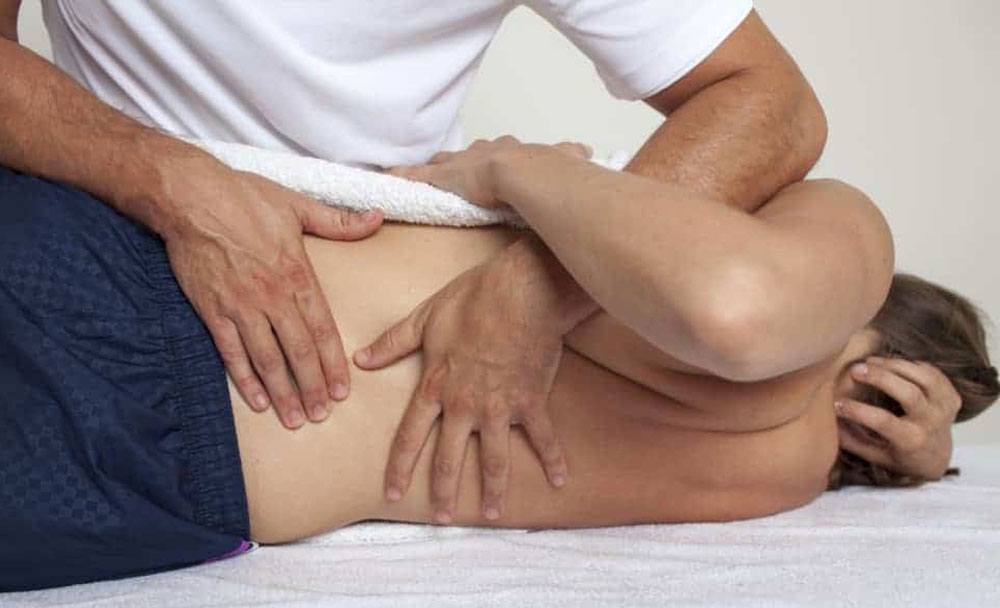Chronic Pelvic Pain

Pelvic girdle pain (PGP) is pain which is felt around the pelvis, lower back, hips and thighs. It can vary from mild to severe. The symptoms can be different for each woman.
Get A Fast Appointment
or Call

Symptoms
The symptoms of PGP can vary for different people, both in terms of severity and presentation. The most commonly experienced symptoms are:
-
pain in the front centre of your pubic bone
-
pain in your lower back on one or both sides
-
pain in your perineum, the area between the anus and vagina
The pain sometimes travels to your thighs, and you might also hear or feel a grinding or clicking sound in your pelvis.
The pain is often more obvious when you’re:
-
walking
-
using stairs
-
putting your weight on one leg
-
turning over in your bed
It might also be challenging to widen your legs. This can make daily tasks such as getting out of bed, getting dressed, or getting in and out of a car difficult.

Causes
The most common cause of pelvic girdle pain is pregnancy. It’s thought that PGP affects up to 1 in 4 pregnant women to some extent.
During pregnancy, hormones such as relaxin are released to loosen the ligaments and muscles in your:
-
hips
-
stomach
-
pelvic floor
-
pelvis
This loosening is intended to increase your range of motion in order to help you give birth, but it also means that your joints can become unbalanced and more mobile than they usually would be. This can cause discomfort or pain.
Although this slackening is intended to help with birth, sometimes you can start producing these hormones in early pregnancy. You may experience the symptoms of PGP long before it’s time to give birth.
The baby’s weight and position are also thought to affect pelvic pain. The symptoms of PGP tend to worsen as the pregnancy progresses.
It’s much less common for PGP to occur outside of pregnancy, but it does happen. Other causes of pelvic girdle pain range from pelvic injuries to conditions like osteoarthritis. In some cases, there’s no known cause.
Diagnosis
Early diagnosis can be really helpful in managing PGP. The diagnosis is mainly made through taking a history and physical examination. Imaging is often not required and frequently does not show anything. Our Specialist MSK and Women’s Health Physiotherapists are well placed to assess and identify the source of your PGP.
Can it lead to pregnancy complications?
Pelvic girdle pain isn’t medically harmful to your baby and there are lots of things that can be done to minimise your pain. That’s why it’s important to seek help from a specialist physiotherapist.
The Pelvic, Obstetric and Gynaecological Physiotherapy group from the U.K. suggests that you try to avoid the following activities if you’re experiencing PGP:
-
putting your weight on only one leg
-
twisting and bending while lifting
-
carrying a child on your hip
-
crossing your legs
-
sitting on the floor
-
sitting in a twisted position
-
standing or sitting for long periods of time
-
lifting heavy loads, such as wet laundry, shopping bags, or a toddler
-
vacuuming
-
pushing heavy objects, such as a shopping cart
-
carrying anything in only one hand

How can physiotherapy help me?
Physiotherapy is the first line of treatment for PGP. We can advise and help you to:
-
minimise your pain
-
improve your muscle function
-
improve your pelvic joint stability and position
It can be good to see someone who has specialises in women’s health, however all MSK physiotherapists will be able to give help and advice.

What are the therapies available and how can they help?
Manual therapies include ‘hands-on’ treatments such as soft-tissue massage and joint mobilisation, which are highly effective for Pelvic Girdle Pain.
Hydrotherapy may be recommended, where you do the exercises in the water. Being in the water can take the stress off your joints and allow you to move more easily.
Education, advice and suggestions on comfortable positions for sex, labour, and birth can help with your overall management and reduce anxiety and pain.
In some cases of PGP, a course of acupuncture or electroacupuncture with our women’s health acupuncturist, Angela, may be prescribed.
You may also be provided with supportive equipment such as crutches or pelvic support belts.

What Our Clients Say…
You Ask, We Answer
What is the cost of physiotherapy?
Find out about the costs of the initial assessment and follow up sessions of MSK physiotherapy.
How long is a session of physiotherapy?
A top question is about how long the sessions are, here we explain about the length of MSK initial and follow up sessions.
Do I need a referral to be treated by you?
To get your treatment at The Physiotherapy Centre, do you need to get a referral from your GP or Consultant?
